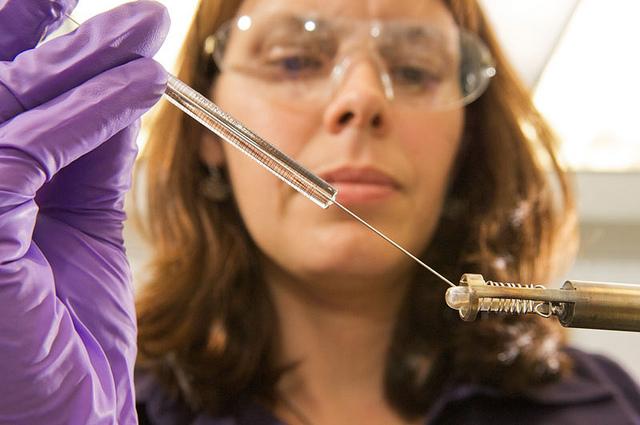

Aside from job satisfaction and the ease of starting a career post-graduation, the research indicated that among STEM first jobseekers, there is a perception of longevity in career, with 63% of the young women surveyed noting that they are likely to stay in STEM related fields for their entire career. Ample opportunities for learning, growth and advancement as well as passion for STEM were key factors listed by respondents for the staying power of STEM careers.
Yet while the benefits of the study of STEM as well as careers are obvious and persuasive for jobseekers, more can be done to encourage young girls studying subjects in the field to pursue a STEM career. Among the teen girls surveyed, 30% of 17-19 year olds said that they will not choose STEM jobs despite studying them as subjects. Young girls (12-19 years old) still continue to hold the perception that STEM subjects are difficult and that related careers are gender-biased, with two in five girls sharing that they believe girls are less likely to choose STEM subjects because of a perception that the jobs are male-dominated.
Georgette Tan, Senior Vice President, Communications, Asia Pacific, Mastercard discuss the findings, “The results of the research show us that STEM as a field of study and a career choice is one that is not only fulfilling, but it has the depth and breadth to satisfy first job seekers. However, some deeply held misconceptions by girls and young women with regards to the study and pursuit of STEM – they still believe it’s a man’s world in STEM and that the path is difficult. In fact, careers in STEM afford women the opportunity to positively impact the world through their leadership and creativity.”
Key findings:
- When asked what would attract girls to pursue STEM careers, young girls (17-19 years old) cited scholarships, successful women as role models and greater support from schools and institutions as the top three motivators.
- First jobseekers felt that earlier exposure to STEM careers via networking opportunities, internships and career fairs would have helped them prepare better for their current role.
- Three in five first jobseekers surveyed listed suitability for women as a criteria in their job search while 46% believe that in their current organisation men are paid more than women for the same role.
- Among STEM first jobseekers who considered non-STEM jobs, the fear of a lack of commercial exposure, long hours and suitability for gender were the top reasons cited for doing so.
- 42% of STEM first jobseekers believed a need to change society’s perception of STEM in order to attract the next generation of young women to pursue a career in STEM.





